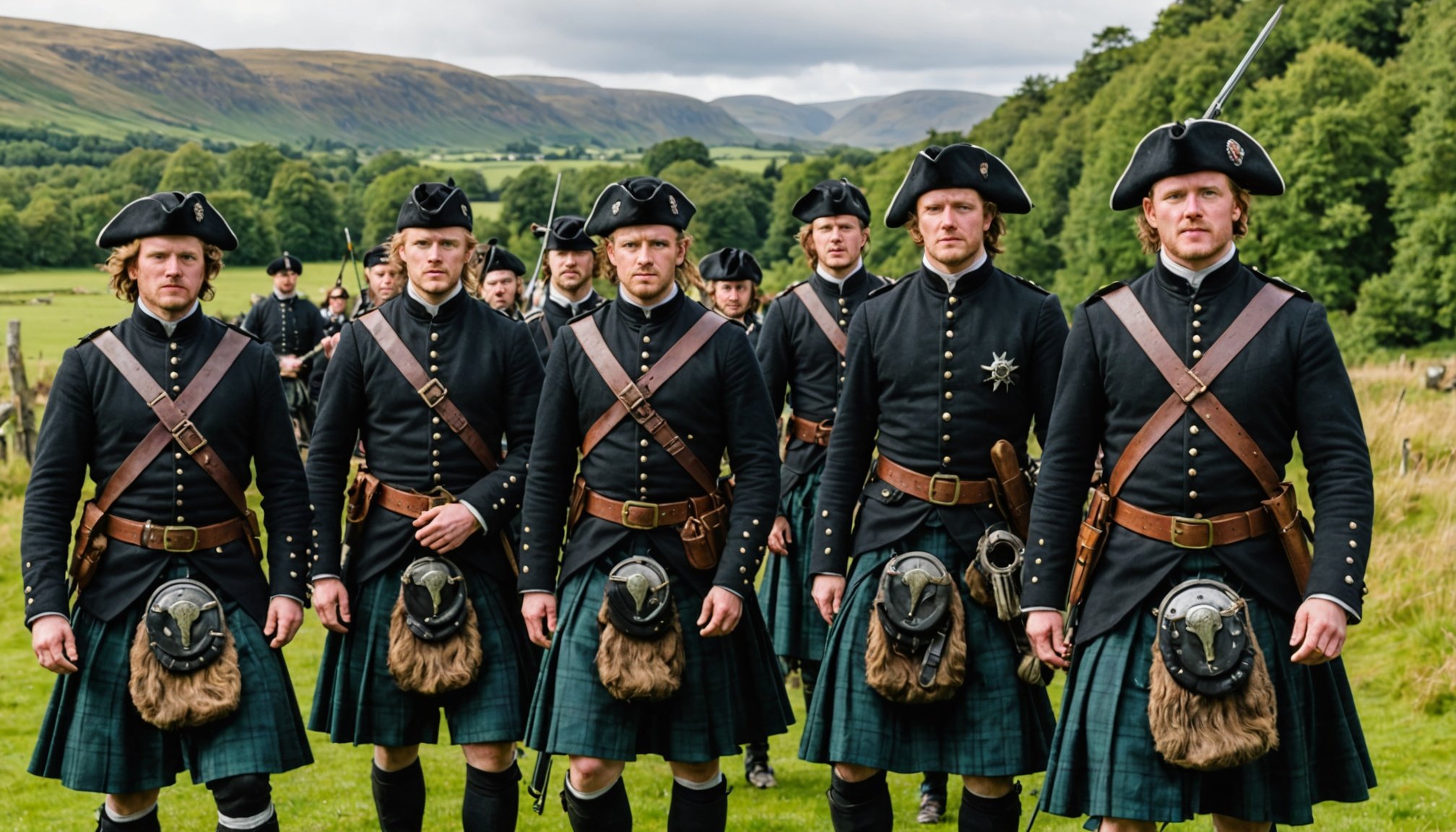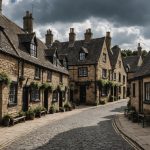Overview of the Jacobite Uprising
The Jacobite Uprising was a pivotal event in the history of Scotland, with its roots tracing back to the late 17th and early 18th centuries. This uprising stemmed from a series of attempts by the supporters of James Francis Edward Stuart, son of the deposed King James II of England and VII of Scotland, to reclaim the British throne for the House of Stuart. Often marked by significant turmoil, the uprisings sought to restore a Catholic king, countering the Protestant Hanoverian rule.
Key figures, such as Bonnie Prince Charlie, played a significant role in the uprisings, leading the Jacobites in the renowned 1745 rebellion. This period was marred by notable conflicts, including the Battle of Culloden in 1746, which was a decisive defeat for the Jacobites and spelled the end of their aspirations.
In the same genre : Car rental tips for a seamless trip from malaga airport to marbella
The cultural impact of the Jacobite Uprising on Scotland cannot be overstated. It left a lasting legacy in Scottish folklore and tradition, influencing music, storytelling, and the national identity. The uprisings also led to profound changes in Scotland’s social fabric, including the dismantling of clan-based societies and the enforcement of British governmental control.
Key Historic Sites Associated with the Jacobite Uprising
Culloden Battlefield
The Culloden Battlefield is pivotal in understanding the final chapter of the Jacobite Uprising. This site marks the last battle between the Jacobite forces and the British government, which took place on 16 April 1746. Today, the battlefield offers extensive visitor facilities, including a visitor centre with exhibitions that delve into the historic sites related to this significant event. Educational resources are plentiful, providing a deep dive into the battle’s context and outcomes.
In parallel : Discover Chester’s Roman Heritage: Unveiling Historical Sites with Ancient Roots
Visitors can partake in annual events and commemorations that pay tribute to the Jacobite connections here. These events often include reenactments that bring history to life, allowing observers to witness the tactics and fervour that once unfolded on these grounds. The importance of this historic site cannot be overstated, as it symbolizes the dramatic end of the Jacobite cause in Scotland. Whether you wish to participate in these events or simply explore the tranquil yet evocative landscape, a visit to Culloden Battlefield offers a poignant reminder of Scotland’s turbulent past.
Cultural Heritage and Legacy of the Jacobites
The Jacobite Uprising left an indelible mark on Scottish identity, forever shaping the nation’s cultural heritage. It introduced themes of resistance and loyalty that continue to resonate in Scotland today. The legacy of the Jacobites can be identified in multiple cultural expressions, particularly in Scottish folklore and traditional music. Stories of bravery and defiance during the uprisings echo in songs and tales passed down through generations.
Scottish folklore is rich with Jacobite references, portraying characters and events that highlight courage and the struggle for independence. Songs like “The Skye Boat Song” capture the emotional journey of figures prominent in the Jacobite cause, embedding their legacy further into the national consciousness. These cultural elements ensure the Jacobite influence remains prominent in the collective memory of Scotland.
Contemporary Scotland celebrates this legacy through cultural events that honour Jacobite history. Festivals and reenactments transport participants back in time, fostering a deeper connection to the past. Visitors and locals alike can engage with exhibitions and performances that highlight the enduring impact of Jacobite themes. Through these activities, the cultural heritage of the Jacobites is preserved, allowing future generations to appreciate and understand its pivotal role in shaping the identity of Scotland.
Visiting Jacobite Historic Sites: Practical Information
Exploring Jacobite sites in Scotland can be both fascinating and logistically straightforward with a few travel tips. Being prepared with knowledge of how to access these destinations ensures a smooth trip.
Getting There
Reaching the major Jacobite locations is accessible through various transportation options. Visitors can choose from trains, buses, or even car rentals for a more flexible experience. For those looking to fit these sites into their travel plans, multiple recommended itineraries highlight the must-see stops. Local visitor information centres offer additional guidance and detailed maps for self-guided tours.
Accessibility and Facilities
Jacobite sites are generally accommodating, with many locations offering accessible paths for individuals of all ages and abilities. Most sites provide amenities such as parking, guided tours, and rest facilities. Family-friendly activities are often available, ensuring that everyone, from young children to older adults, can enjoy the visit.
Tours and Events
Many historical tours dive into the depth of the Jacobite Uprising, providing intriguing stories and enhancing the learning experience. Additionally, sites host seasonal events and reenactments that transport visitors back in time. Educational programs peppered throughout different sites make learning about history an engaging endeavor.
Enjoy your travel through Scotland’s captivating history!











